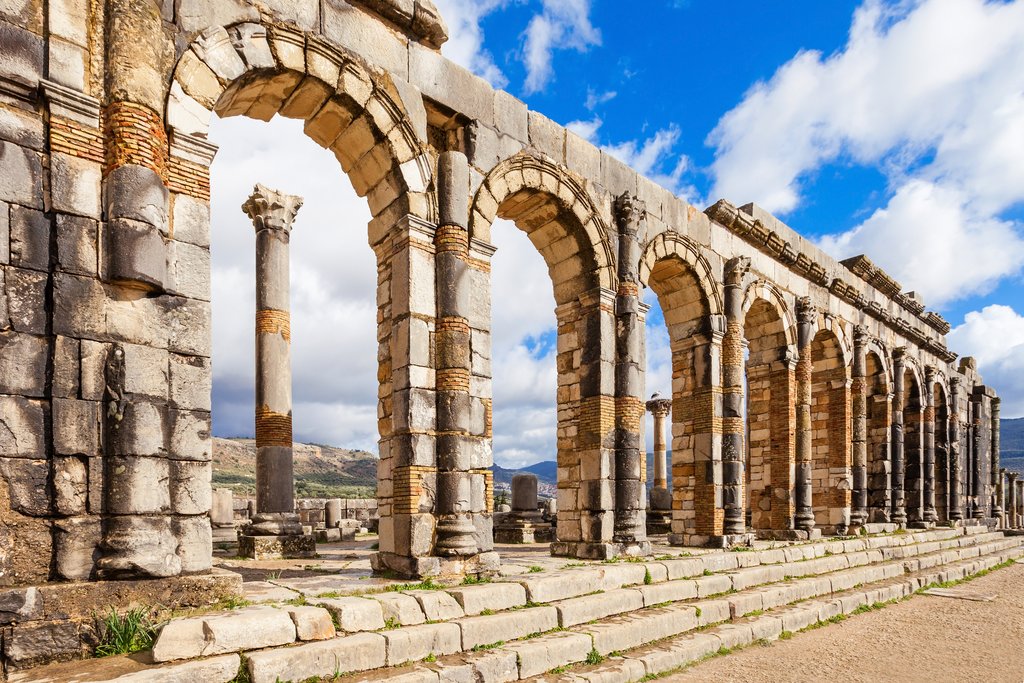Moroccan Culture: Traditions, Cuisine, and Must-See Attractions for Tourists
Morocco is a land where ancient traditions meet modern luxury, where the golden sands of the Sahara blend seamlessly with the vibrant energy of bustling souks. From the intricate tilework of centuries-old mosques to the rhythmic beats of Gnawa music echoing through Marrakech’s lively squares, Moroccan culture is a rich tapestry woven from Arab, Berber, and Andalusian influences.
For discerning travelers seeking an immersive experience, Morocco offers a perfect balance of authenticity and elegance. Whether indulging in the country’s world-renowned cuisine, exploring UNESCO-listed medinas, or relaxing in a lavish riad, every moment in Morocco is an opportunity to connect with its deep-rooted heritage. This guide explores the heart of Moroccan culture, highlighting its customs, culinary delights, and top attractions that every visitor should experience.
Have questions? Contact us now on WhatsApp, and our team will be happy to assist you!
1. Moroccan Traditions: The Heart of Cultural Identity
A Culture Built on Hospitality
One of the most defining aspects of Moroccan culture is its emphasis on hospitality. Whether in a luxury hotel or a traditional family home, guests are treated with warmth and generosity. Hospitality is more than just a custom—it is a deeply ingrained way of life.
- The Art of Moroccan Mint Tea: Known as “atay,” Moroccan mint tea is a symbol of friendship and hospitality. The preparation is a ritual in itself, with tea being poured from a silver teapot at a height to create a frothy top. Visitors will find this gesture extended in homes, shops, and riads alike.
- The Importance of Greetings: Moroccans value personal connections, often engaging in lengthy greetings that go beyond a simple hello. A handshake, followed by inquiries about family and well-being, is customary, especially in social and business settings.
- Traditional Moroccan Dress: While modern attire is common in cities, traditional clothing like the “djellaba” (a long, hooded robe) and the “kaftan” (a beautifully embroidered gown) are still widely worn, especially during religious and festive occasions.
The Medina Experience: A Journey Through Time
Morocco’s medinas are living museums, offering a glimpse into the country’s past. These walled cities, dating back hundreds of years, are filled with labyrinthine alleys, historical monuments, and vibrant souks.
- Fez Medina: Recognized as a UNESCO World Heritage site, the Fez medina is home to the world’s oldest university, Al-Qarawiyyin, and the famous Chouara Tannery, where leather is dyed using techniques unchanged for centuries.
- Marrakech Medina: A sensory explosion of colors, scents, and sounds, Marrakech’s medina is best explored in the evening when Jemaa el-Fnaa square comes to life with storytellers, musicians, and food vendors.
- Chefchaouen: The Blue City: Known for its striking blue-painted streets, Chefchaouen offers a tranquil escape from the country’s busier urban centers. Its medina is perfect for those seeking a slower, more reflective travel experience.
2. Moroccan Cuisine: A Culinary Adventure
Moroccan cuisine is a fusion of Berber, Arab, Mediterranean, and French influences, creating dishes rich in flavor and history. Each meal is a celebration of the country’s agricultural abundance, with aromatic spices, slow-cooked meats, and vibrant vegetables taking center stage.
Signature Moroccan Dishes
- Tagine: Tagine is a slow-cooked stew prepared in a clay pot of the same name. It is a staple of Moroccan cuisine. Popular variations include lamb with prunes, chicken with preserved lemon and olives, and vegetarian options featuring seasonal produce.
- Couscous: Couscous is often served on Fridays, Morocco’s traditional day of gathering. The steamed semolina pairs beautifully with meat, vegetables, and flavorful broth. For any visitor, it is an essential dish to try.
- Pastilla: Pastilla is a savory-sweet pastry that showcases Morocco’s culinary artistry. Layers of crispy phyllo dough are filled with pigeon or chicken, almonds, and cinnamon. Originating in Fez, this dish perfectly balances texture and flavor.
- Harira: Harira is a rich tomato-based soup made with lentils and chickpeas. It is commonly eaten to break the fast during Ramadan, yet Moroccans enjoy it throughout the year in homes and restaurants alike.
Where to Experience Authentic Moroccan Dining
- Fine Dining in Marrakech: For an upscale experience, visit La Maison Arabe or Le Marocain at La Mamounia. Both offer refined menus that elevate traditional Moroccan cuisine in luxurious settings.
- Local Eateries in Fez: To savor an authentic Moroccan feast, head to Restaurant Dar Hatim or Café Clock. These spots combine traditional recipes with modern twists, ensuring a memorable culinary journey.
- Street Food in Casablanca: Casablanca’s street food scene is vibrant and full of flavor. Along the corniche, you can enjoy freshly grilled fish, calamari, and Moroccan-style sardines served with chermoula sauce. It is a perfect way to experience the city’s seafood culture.
3. Must-See Attractions in Morocco
From ancient cities to natural wonders, Morocco offers a diverse range of attractions that appeal to history buffs, adventure seekers, and luxury travelers alike.
Historic Landmarks and Cultural Sites
- Hassan II Mosque, Casablanca: One of the largest mosques in the world, this architectural masterpiece features a towering minaret and stunning ocean views.
- Ait Benhaddou: A fortified village and UNESCO site, this ancient ksar has been the backdrop for famous films and is an essential stop for those traveling between Marrakech and the Sahara.
- The Roman Ruins of Volubilis: A well-preserved archaeological site that showcases Morocco’s Roman heritage with impressive mosaics and grand columns.
Natural Wonders and Outdoor Adventures
- Sahara Desert: A trip to Morocco would be incomplete without experiencing the golden dunes of Merzouga. Luxury desert camps offer private tents, gourmet dining, and stargazing under the vast desert sky.
- Atlas Mountains: A retreat into nature, the Atlas Mountains offer hiking, Berber village visits, and scenic drives through dramatic landscapes.
- Dades Gorges: Often called the Grand Canyon of Morocco, the Dades Valley is home to striking rock formations, kasbahs, and winding roads perfect for exploration.
Planning Your Trip: Practical Tips for Luxury Travelers
- Best Time to Visit: Spring (March-May) and autumn (September-November) offer the most pleasant weather, ideal for both city exploration and desert adventures.
- Where to Stay: Luxury travelers should consider riads in Marrakech, such as Royal Mansour or La Mamounia, for an authentic yet indulgent experience. In the Sahara, opt for a high-end desert camp like Scarabeo or White Camel.
- Getting Around: Private drivers provide comfort and convenience, especially for those traveling between cities. High-speed trains connect major hubs like Casablanca, Rabat, and Tangier.
- Local Etiquette: Respect local customs by dressing modestly in traditional areas, asking permission before photographing people, and greeting with a polite “Salam Alaikum.”
Experiencing Moroccan Culture in Style
Morocco offers a cultural journey unlike any other. It blends historic charm with modern luxury, creating an experience that captivates every traveler. From savoring the country’s world-famous cuisine to exploring its breathtaking landscapes and vibrant cities, each moment feels unforgettable.
Moreover, Morocco’s rich traditions and exquisite craftsmanship make it a paradise for culture lovers. Add to that the warmth of Moroccan hospitality, and your journey becomes truly special. Whether you come for adventure, relaxation, or inspiration, Morocco promises an experience nothing short of extraordinary.
Don’t wait! Get the answers you need now by chatting with us on WhatsApp.



